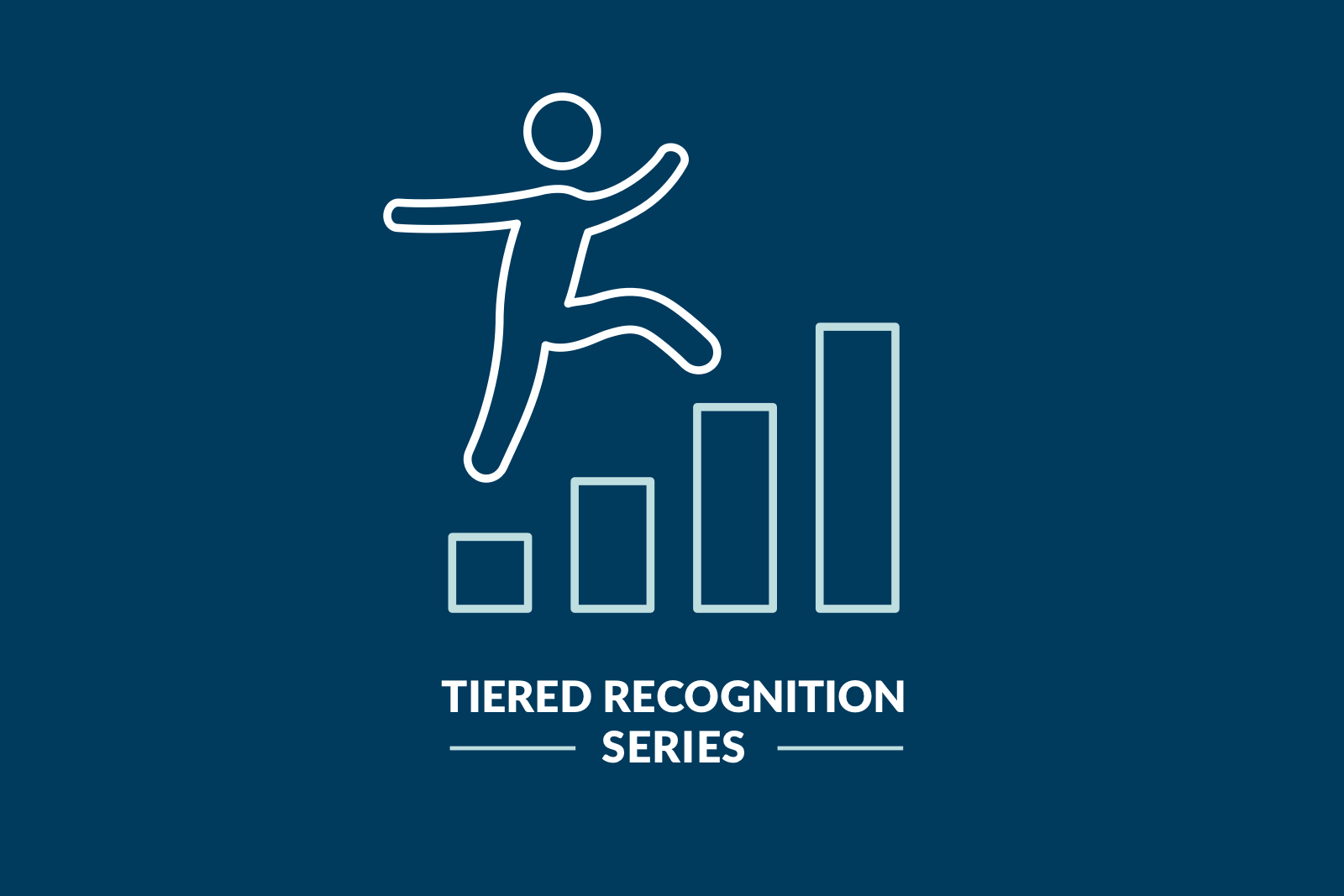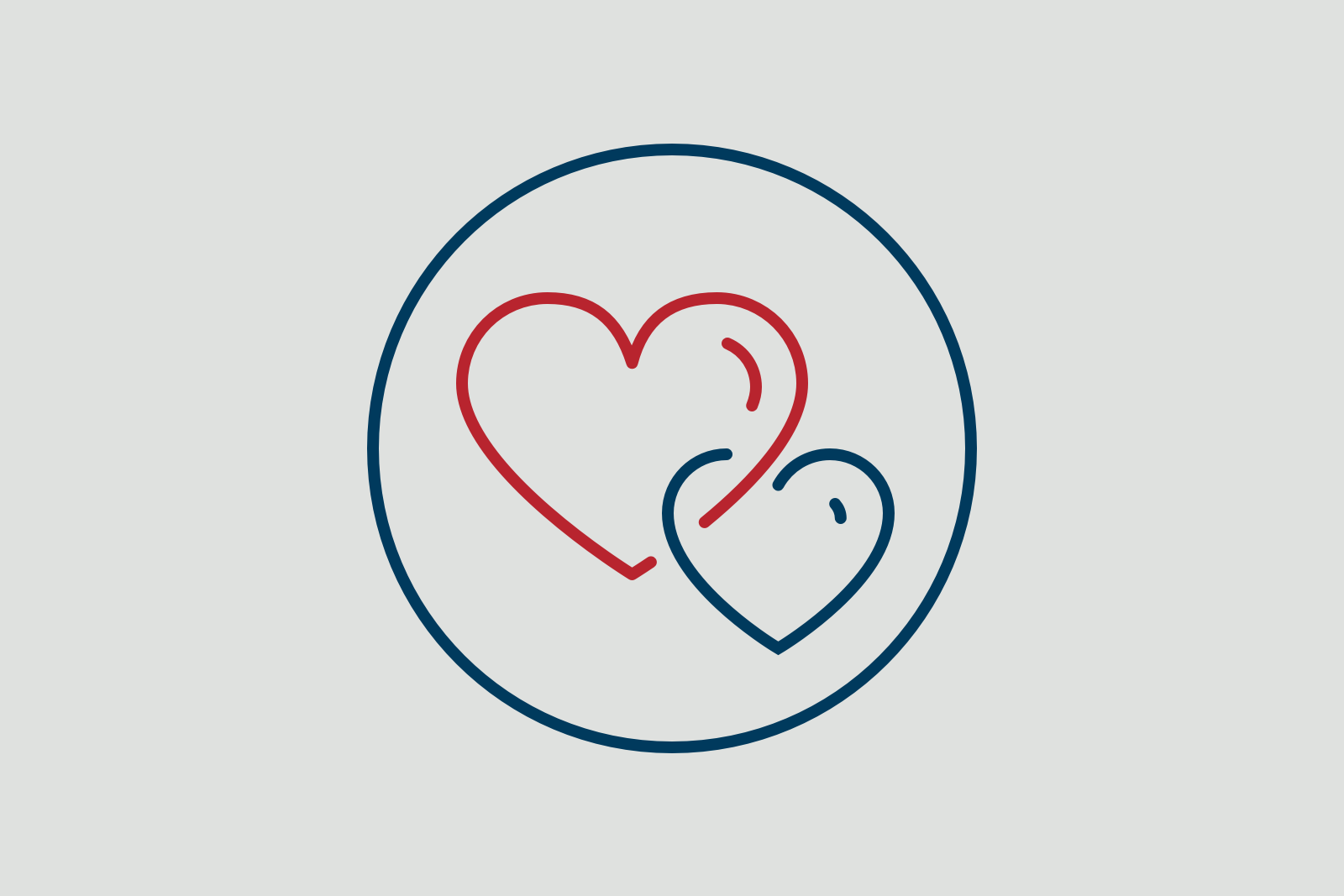Personalization Drives Devotion

Customer relationship management (CRM) initiatives and loyalty programs, by their nature, include customer and member recognition—typically a combination of communication, offers, rewards and benefits—as a primary tool.
When done right, recognition leads to stronger relationships with customers. It transforms a transactional exchange into a mutually beneficial relationship in which customers report higher satisfaction and retention levels. And that leads to higher returns for the company.
On the flip side, though, problems with recognition and rewards negatively impact customer satisfaction levels. In a recent consumer study 43% of respondents who reported experiencing a problem with a company specifically cited reward and recognition as one conflict area. Fewer than half of these respondents stated they were very/somewhat satisfied, illustrating the dent those reward and recognition hiccups have on overall customer satisfaction. The same study indicated that 35% of customers with reward-and-recognition complaints wouldn’t continue doing business with the company—compared to only 11% reporting issues not related to rewards and recognition.
The data shows effective customer recognition is critical to cultivating and maintaining loyalty, but how do consumers really want to be recognized by their preferred brands? According to The Lacek Group’s global research report, today’s consumers crave personalized service, offers, and rewards. They expect to be addressed as individuals and recognized as loyal customers at every brand touch point.
Most brands don’t have the resources to provide complete personalization for each customer at every step of their journey. This blog series explores how a tiered approach to rewards and recognition can efficiently and effectively impact customer satisfaction, drive loyalty, and create lasting brand devotion.
No more one-size-fits-all approach
Traditional loyalty programs—in which all members receive identical offers and benefits—no longer meet customers’ desire for individualized recognition. In short, personalization is no longer an added value for customers, it’s a baseline expectation.
Providing personalization to improve the customer experience may sound complicated or expensive, but it doesn’t need to be. It can be as simple as acknowledging a customer as an individual. Here’s an example: On a recent flight, the flight attendant addressed each elite member individually by name and acknowledged our tier status when thanking us for our business. This personalized encounter cost the airline nothing but created a priceless moment of connection between high-value customers and the brand. Elite status luggage tags that allow members to “brag” or display their program status and complimentary items to offered to select members when purchasing cosmetics are other personalized but inexpensive gestures.
Personalized marketing—tailored communications, messages, and offers to the customer based on available relevant data—is an efficient way to deepen personal connections. Addressing the customer by name, sending them relevant offers, and including engaging content conveys to the customer that your brand knows who they are and understands what they like.
Loyalty program members now expect this kind of personalization—especially if they directly provided their data to a brand—but only if the personalization isn’t intrusive. In fact, according to a 2020 customer expectations report, two-thirds of customers surveyed will share personal information with brands, but only for some kind of value in return.
Lean into personalized service
A second, perhaps more important, component of personalization is personalized service. Results of a customer survey stated that 79% of consumers say personalized service is more important than personalized marketing. Anecdotal experience suggests that while many brands have progressed significantly in offering personalized marketing, the same is not true of personalized services.
The reason for this disparity is likely the additional complexity required to deliver personalized services. Personalized marketing demands detailed, clean data; complex logic and business rules; and tools to manage and implement customized and personalized communications. Meanwhile, personalized services require even more resources to be successfully deployed.
To provide truly personalized service, front-line employees need:
· Information to immediately identify customers including their status/value
· Instant access to the offers and messages received by that customer
· A view into to the customer’s history—including past purchases and returns, details about previous issues or complaints, and notes regarding positive interactions
· On-the-spot power to truly assist the customer with their specific need or problem
Some argue that customers today expect personalized customer service and immediate resolution of any issues. However, brands without the resources to offer personalized service may find that thoughtful, personalized recognition is enough to make a difference in customer satisfaction levels.
Define recognition tiers using customer data
Recognizing customers is essential to success, but should all customers receive the same level of recognition or personalization? Unless your brand has equal information about all your customers and they all represent the same level of purchases and value—the answer is no.
Recognition and rewards should vary between different customers based on their potential to become and remain devoted brand loyalists. But how should your brand determine which customers get what level of recognition?
Fortunately, the availability of customer information makes it easier for brands to recognize their customers individually, determine a customer’s value to the brand, and identify opportunities for personalized engagement.
-
A unique customer ID allows a brand to identify, track, and evaluate customers to determine their current value and their potential lifetime value.
The customer ID can take many forms—system-generated numbers, email address, telephone numbers, or other personally unique data points. Often this is a challenge because multiple customer interactions can easily result in more than one ID. Program acquisitions promotions result in members enrolling multiple times or enrolling with a business and home address. Some companies track customers with different systems, resulting in multiple profiles. (We’ll address solutions to these challenges later in the series.)
When an individual customer engages with a company, a unique ID helps accurately track transactions, spend levels, and purchase frequency. These data points can be used to calculate the value each customer brings to the business—and then the investment required to implement customer recognition across segments. Loyalty programs typically offer more expensive and exclusive benefits for higher tier members—those who represent the highest value to the brand.
Even brands that don’t offer tiered rewards should use unique customer IDs to track and analyze their customers more accurately. Personalized data leads to better-informed strategies, more precise and effective offer targeting, and up-to-date customer profiles that front-line employees can use to deliver more personalized recognition and services.
-
Date of birth allows brands to do the obvious: recognize members on their birthdays. It also lets brands develop recognition strategies that appeal to specific generations. Given the significant differences in behavior, priorities, perceptions, and beliefs between generations, this differentiation is increasingly important.
-
Customer engagement data—such as email and offer responses, app downloads and use, and social media behavior—can help determine the best strategy for reaching a customer across multiple media.
All of these data points can help a company determine which customer profiles represent the most value for the brand and develop efficient strategies to ensure those customers are recognized and rewarded accordingly.
Join us for the next installment of this series to explore how to execute an effective tiered recognition strategy and at what points in the customer journey to recognize and reward your customers.
Francesco Favazza is vice president, of strategic services and Robyn Zeller is director of strategic services, for The Lacek Group, a Minneapolis-based data-driven loyalty, experience, and customer engagement agency that has been delivering personalization at scale for its world-class clients for 30 years. The Lacek Group is an Ogilvy Experience company.

